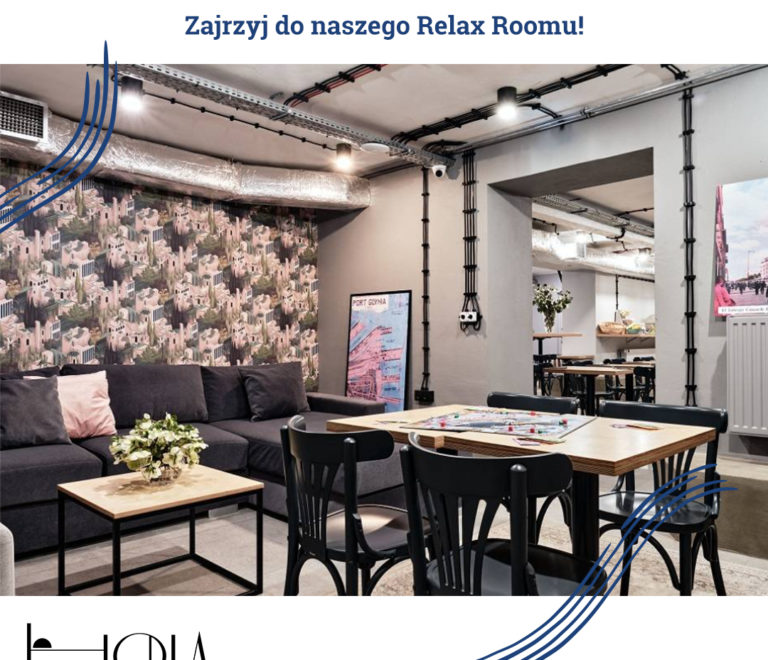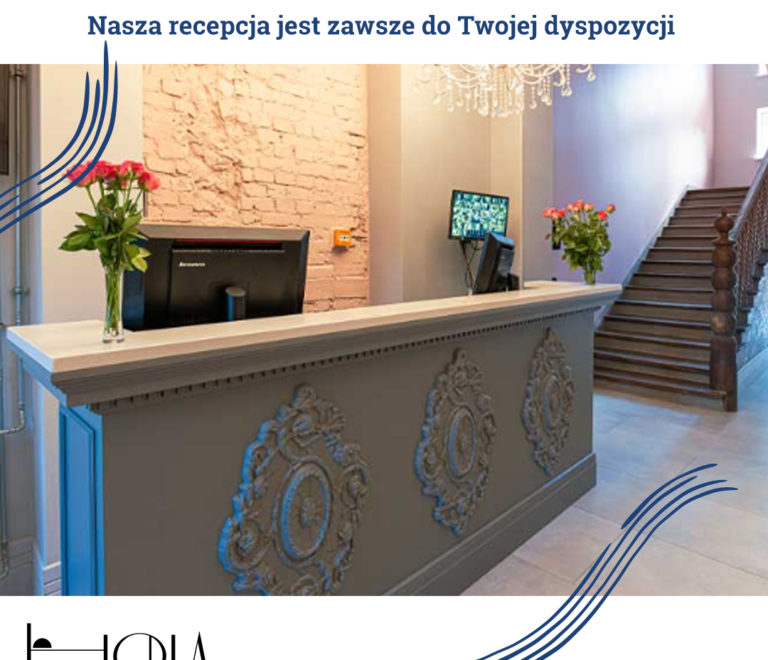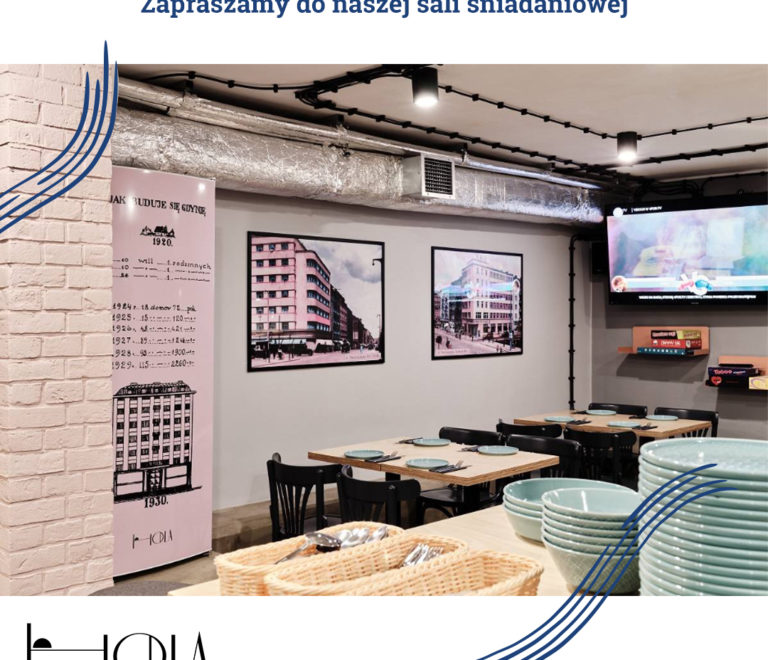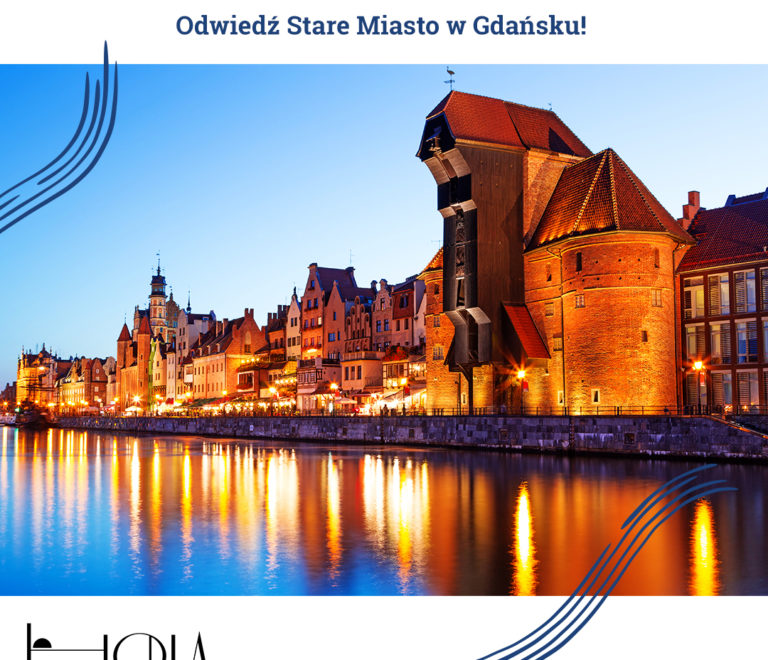The Historic Maritime Station in Gdynia is a place steeped in the stories of human journeys and migrations. It is here that thousands of people, often with just a small suitcase, set off into the unknown. The building is not only the home of the Emigration Museum in Gdynia but also an integral part of the exhibition it presents. The memory of the past helps us understand the present, and the imaginative exhibition engages in a dialogue with us to help us grasp the atmosphere of those moments.
Poverty, fear, one-way trips, farewells, exhausting journeys – these were the experiences of thousands of people leaving their small villages and towns in search of a better life. Migration movements began in the second half of the 19th century. Most Poles emigrated to the United States and South America between 1890 and 1910. Poverty, subsequent wars, and actions by the authorities of the People’s Republic of Poland forced people to emigrate. The Emigration Museum in Gdynia’s exhibition helps us understand the broader context but also tells the stories of individuals. During the tour, we get to know the Sikor family and follow their journey.
The Maritime Station as a Window to the World
For many of us, Gdynia’s history begins in 1926 when it was granted city rights. It was built quickly, intensively, and in accordance with the trends of that time. In the 1930s, the French Quay of the Gdynia port and then the Maritime Station were built. The modernist building with an area of 2.5 thousand square meters, equivalent to an average hypermarket, welcomed hundreds of passengers every day. It was the central point of pre-war passenger traffic.
With the outbreak of the war, it lost its role, and in October 1943, Allied bombs damaged part of its facade and the wall facing the French Quay. After the end of the war, passenger traffic resumed, but on a much smaller scale, and the building itself was not rebuilt until 2014, with the Emigration Museum opening there a year later. The rich history of this place is an important part of the story it tells.
The Gdynia Maritime Station was the last sight of the country for many, but as you can read on the museum’s website: “The history of departures from Polish lands unfolded over hundreds of years. People set off for the most different parts of the world, both for bread and in search of freedom and a better life. (…) The journey was made on foot, by train, on board ships, and later by planes.”
Emigration Museum in Gdynia
The permanent exhibition at the Emigration Museum takes us chronologically through the history of Polish emigration, introducing us to well-known figures as well as lesser-known ones: from Roxelana, the wife of Suleiman the Magnificent, to Tadeusz Kościuszko and Cyprian Kamil Norwid. As we move through the exhibition rooms, we learn about the political causes of the “Great Emigration” and the economic shifts of the 19th and 20th centuries when thousands of rural residents left due to famine in the so-called “Great World.” It mentions labor migration in the Second Polish Republic and the difficult times of occupation and post-war years, up to the most recent emigration after 2004.
The successive exhibits allow us to better understand what leaving meant over the years. They depict the journey of the poorest passengers in cramped cabins on bunk beds, where seasickness pushed people to the limits of endurance. A fascinating point is the story of Ellis Island, where millions of people from all over the world went through the immigration process. The infamous island, covering 11.1 hectares and located near Manhattan, witnessed many family dramas.
The Emigration Museum looks at the other side of the ocean, bringing us closer to the lives of immigrant communities in the USA and Brazil, with a strong emphasis on life in the metropolises of New York and Chicago. We meet the hero of the Factory of Dreams, Charlie Chaplin, the director and actor famous for the film “The Immigrant.” Polish cinema is not forgotten either. The trilogy about Kargul and Pawlak helps us better understand the history of Poles forced to leave the Eastern Borderlands and settle in the Recovered Territories.
One of the main – literally largest – attractions of the museum is the huge model of the transatlantic liner MS Batory. Built based on original documentation from the 1930s, it weighs 4 tons and measures 16 meters. It reproduces the shape of the famous liner on a 1:10 scale. Seeing it in person is truly impressive. “Batory” repeatedly docked at the French Coast, and for decades, thousands of emigrants set off into the world aboard.
Address: ul. Polska 1
81-339 Gdynia
Phone: +48 58 670 41 61
Tickets are available at the ticket office and online => https://bilety.polska1.pl/
Getting to the Museum from Hola Gdynia
On foot, approximately 20 minutes – distance 1.6 km
By bike, approximately 7 minutes – distance 1.8 km
By car, approximately 8 minutes – distance 2.5 km
By public transport (line 770), approximately 10 minutes
Emigration Museum in Gdynia Opening Hours
Monday: Closed
Tuesday: 10:00 AM – 8:00 PM
Wednesday-Sunday: 10:00 AM – 6:00 PM
Estimated tour duration: 1.5-2 hours
Bars and Restaurants in the Museum
Cafe Bistro Mondo (on the ground floor), offering homemade pastries, snacks, lunches, as well as coffee and beverages.
Restaurant Mondo di Vinegre (second floor with a beautiful sea view) serves a seasonal menu with high-quality products.














